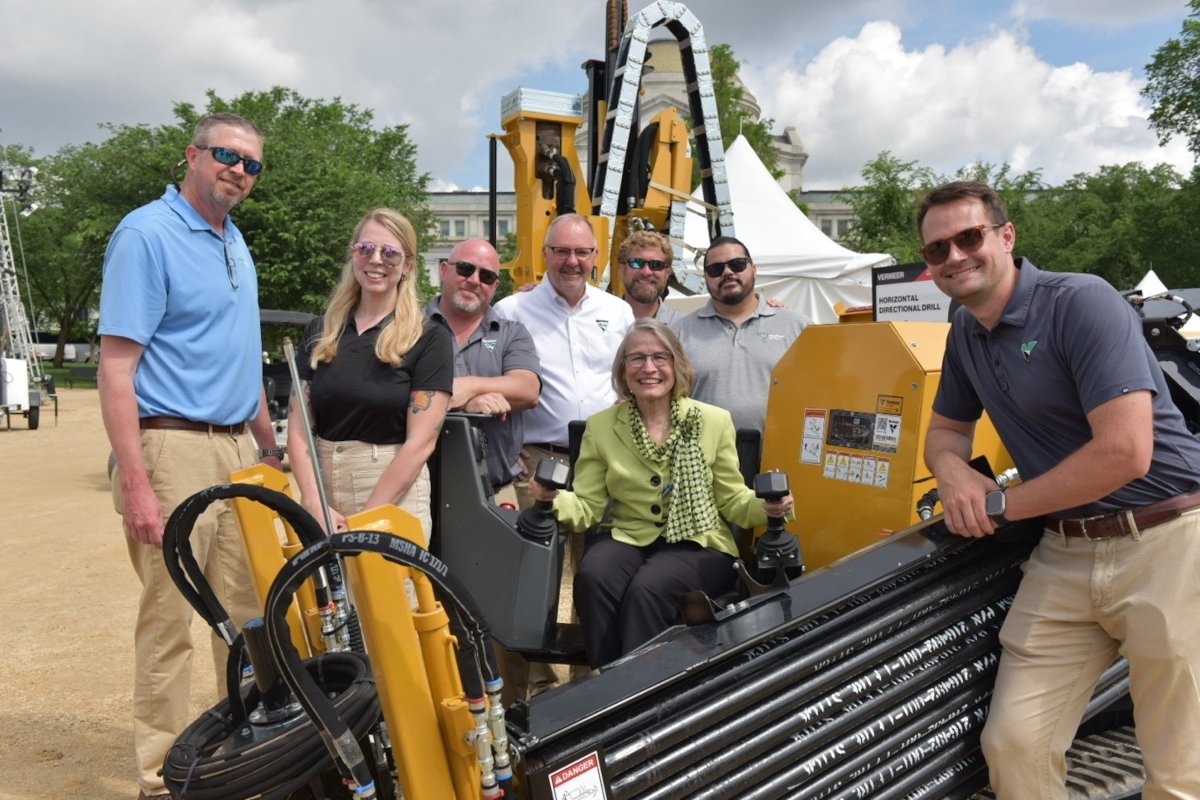
NASSCO Report – How Trenchless Technology Saved a Failing Culvert System
When the town identified a failing twin 48-in. corrugated metal pipe storm culvert system on a dead-end road, it faced a pressing challenge to restore stormwater functionality while minimizing disruption to the community.
With the potential for flooding and damage to the surrounding area, the urgency for a solution was paramount. The town issued a request for proposal for the rehabilitation of the culvert system, specifying the use of innovative technologies like a high-density polyethylene (HDPE) culvert lining system and low-density cellular concrete (LDCC).
Recognizing the critical nature of this infrastructure, Savy & Sons stepped forward to tackle the project, employing trenchless technology to restore the culvert system efficiently and effectively, all while avoiding the extensive excavation typically associated with such repairs.
Implementation Process
Savy & Sons began by inserting 42-in. Snap-Tite HDPE pipes into the existing 48-in. culverts. These pipes were carefully secured, and bulkheads were built at both ends using masonry brick and mortar to ensure a solid end seal. Vent ports were installed to allow for the injection of LDCC.

Once the pipes were in place, LDCC was injected to fill the annular space between the new pipe and the existing culvert walls. Two concrete trucks were utilized over the course of the project, delivering a custom mix of cement, water and foam to create the required amount of LDCC. The lightweight concrete provided structural support without adding excessive weight to the pipes.
Challenges, Solutions and Results
The twin 48-in. culverts were part of a critical stormwater system, but over time, they had deteriorated, risking flooding and damage to the surrounding area. Savy & Sons faced the challenge of sealing and stabilizing the pipes without resorting to traditional excavation, which would have been costly, time-consuming, and disruptive to both the road and the environment.
Given the scale of the excavation required, this approach would have extended the project timeline significantly, making it imperative to find a more efficient solution.
By utilizing trenchless technology, the town was able to solve these challenges effectively. Inserting 42-in. pipes into the existing culverts restored the structural integrity without excavation, while the injection of LDCC ensured a reliable, long-lasting seal.
The contractor’s technical foreman noted, “Using trenchless technology made a significant difference in this project. It streamlined our process, allowing us to rehabilitate the culverts efficiently without requiring extensive excavation. This approach not only saved us time and resources but also minimized disruption to the community. The non-invasive nature of this approach allowed us to maintain the road’s integrity and complete the project on time with minimal disruption.”

The successful rehabilitation extended the lifespan of the twin 48-in. culverts, preventing further deterioration and ensuring the stormwater system would function effectively for years to come. The town avoided costly repairs and significant disruptions, and the stormwater infrastructure was reinforced to meet future demands.
Travis Savy is with Savy & Sons and is a member of NASSCO’s Pipe Rehabilitation Committee.




